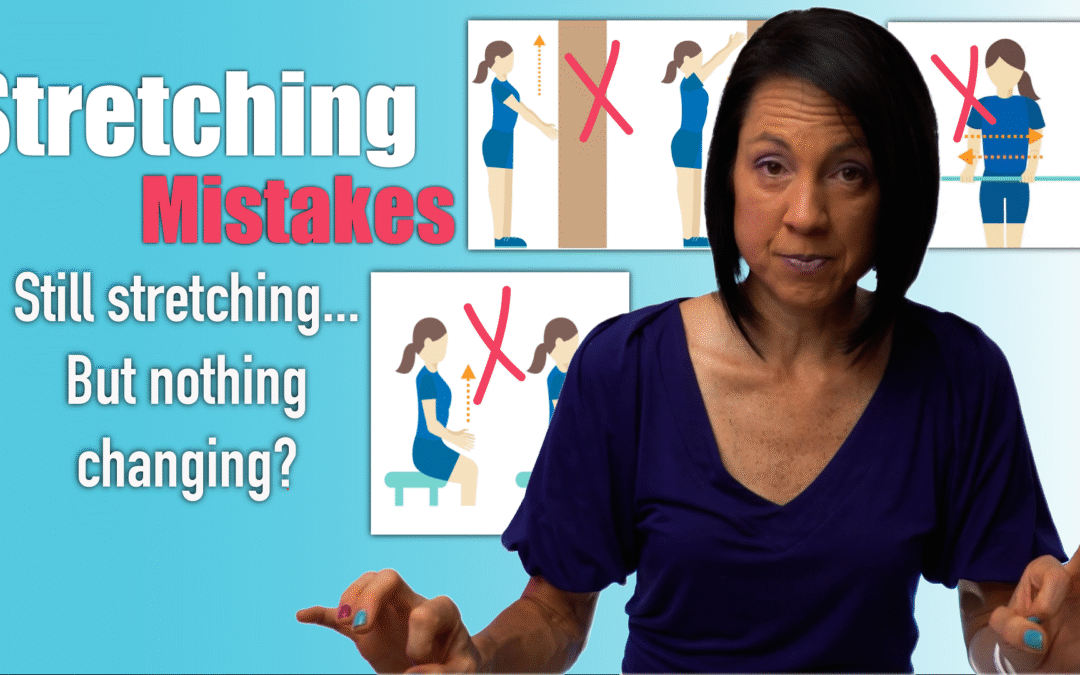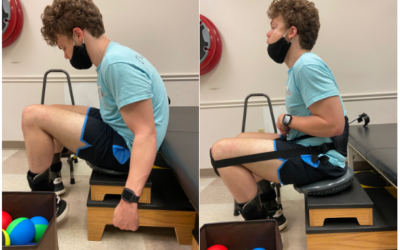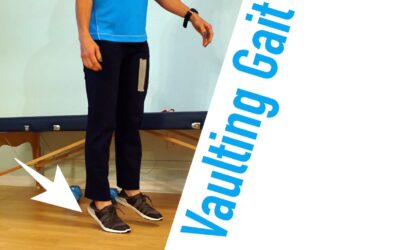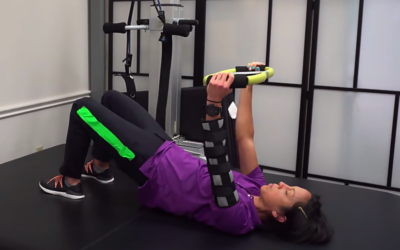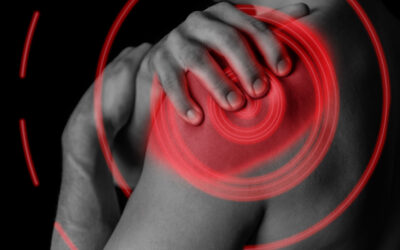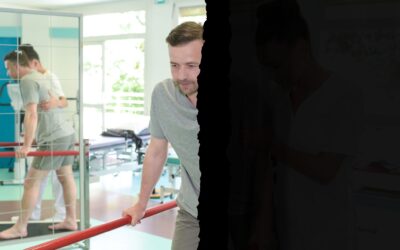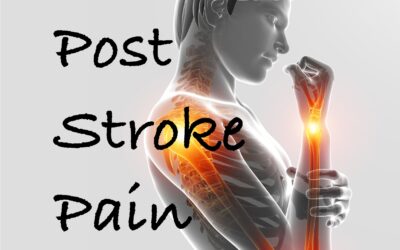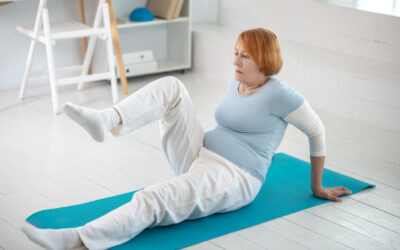8 Common Stretching Mistakes in Stroke Recovery
Why Your Stretching Might Be Making Spasticity Worse
If you’re dealing with spasticity after a neurologic injury, stretching might not be as straightforward as it seems. In fact, doing it the wrong way can increase resistance, worsen symptoms, and set your progress back.
Spasticity vs. Tightness: Know the Difference
One of the most common misconceptions is treating spasticity like muscle tightness. Spasticity is an involuntary muscle contraction due to a loss of connection with parts of the brain that help to inhibit overactive movements. While a tight muscle simply needs lengthening, a spastic muscle resists lengthening and often contracts more with speed or stimulation. That’s why standard stretching techniques don’t always work.
The 8 Stretching Mistakes to Avoid
- Prolonged Holds Without Movement
Long static holds may help tight muscles but not spastic ones. Instead, incorporate slow, rhythmic movements to help desensitize the muscle. - Stretching Too Fast
Spasticity is velocity-dependent, which means the faster you stretch, the worse it gets. Go slow, always. - Only Stretching Once a Day
Even 30 minutes of stretching isn’t enough if the muscle contracts involuntarily the rest of the day. Wearing a properly fitted splint can help maintain gains. Most off-the-shelf splints aren’t strong enough to resist spastic contractions. Use one designed for neurologic conditions, or you can order our Rehab HQ hand brace. - Stretching in the Wrong Position
Stretching in unsupported or upright positions may trigger more resistance. Support the arm or lie down to reduce stimulation. - High-Stimulation Environments
Noisy, bright, or stressful environments increase spasticity. Do your stretching in a calm, quiet, low-stimulation space. - Lack of Active Engagement
Combine passive stretches with active-assisted or antagonist muscle activation to promote balance and relaxation. - Skipping Weight-Bearing Stretches
Weight-bearing (e.g., standing calf stretches or resting your forearm on a table) can reduce spasticity more effectively than sitting. - Engage Your Brain
Don’t mentally check out. Engaging your brain during stretching by mentally focusing on relaxing the muscle can help with inhibition and improve results over time.
Final Thoughts
Stretching spastic muscles requires more than just time and effort, it demands the right strategy. By avoiding these common mistakes and using techniques tailored for spasticity, you can reduce resistance, improve muscle control, and make your stretching routine more effective.
Consistency, proper positioning, and staying mentally engaged are key. With the right tools and guidance, you can take meaningful steps toward better mobility and recovery.
Tools to Supercharge Your Recovery
Want a comprehensive rehab plan without bouncing between therapists or feeling lost?
Our Gold Membership Program includes:
- Ad free videos and handouts
-
Full access to 350+ home rehab exercise videos
-
Monthly Q&A sessions and webinars
-
A private discussion board I check daily
👉 Learn more at Rehab HQ
📞 Or schedule a discovery call to find out if it’s right for you.
🖐 Rehab HQ Hand Brace Ordering Form
🟦 ShoulderFlex (Blue Shoulder Stretching Tool)
Articles you may be interested in
Product Spotlight: This tool improves trunk alignment
Better posture means better arm rehabilitation. Period. Said another way, proper trunk alignment is essential for efficient arm movement. However, in most cases, hemiparesis (weakness on one side of the body), paraparesis (weakness on the lower half of the body), and...
Vaulting Gait After a Stroke
Vaulting is a walking abnormality where someone will rise up on their toe to ensure their “swinging” leg clears the ground. Under normal conditions, the swinging leg must “shorten” as it passes by the ground. To “shorten” the leg the knee must bend and the foot must...
Have you lost the ability to dissociate body movement?
One big problem after a stroke or brain injury is the inability to dissociate body movement. Movement dissociation is the ability for segments of the body to move independent of other segments. In other words, body parts (and their movement) want to "couple together"...
Frozen shoulder and its link to post stroke shoulder pain
Frozen shoulder, also called adhesive capsulitis is one of the most prevalent causes of post stroke shoulder pain. It is a condition that is characterized by shoulder joint stiffness and pain. Other neurologic injuries can also cause this condition. Such as multiple...
Hemineglect after a stroke: When half the world is missing
hemineglect is a condition where someone loses the ability to attend to, sense, and/or perceive information on one side. This condition is also referred to as unilateral neglect, spatial neglect, and/or hemispatial neglect. Several neurologic condition can cause this...
The Voice
Some call it intuition. Others might call it a “gut” feeling. And for those who believe in a higher power, “a direct message from God”. You know, that little voice that prompts you to take action. Yeah, that voice. In the past 20 years, I have had the pleasure of...
Post Stroke Pain: Diagnosis and Treatment
Pain is a common symptom after a stroke. Unfortunately, pain can be a significant barrier to regaining function. In some cases, there is an identifiable cause related to a movement or a structural problem. The rehab team can identify this, prescribe the...
Advanced Exercise: Walk without fear of falling
How do you regain the ability to walk without fear of falling? Fear of falling is a MAJOR concern for a lot of people. In the early stages of rehabilitation, the goal is to regain movement control at the hip, knee, and ankle. This is necessary to ensure that someone...
Tips for effective physical therapy at home after a stroke
An effective physical therapy program at home after a stroke is the most critical component for a successful recovery. I dare say MORE important than face to face time with your therapists. As someone who earns a living by treating patients (in person), this is a...
Blessings in disguise
Life isn’t always easy. I am probably not telling you anything you don’t already know. No one is exempt from challenges in life. Some go through more challenges than others. I have learned to be content with NOT (always) figuring out why. But I know that is not...

